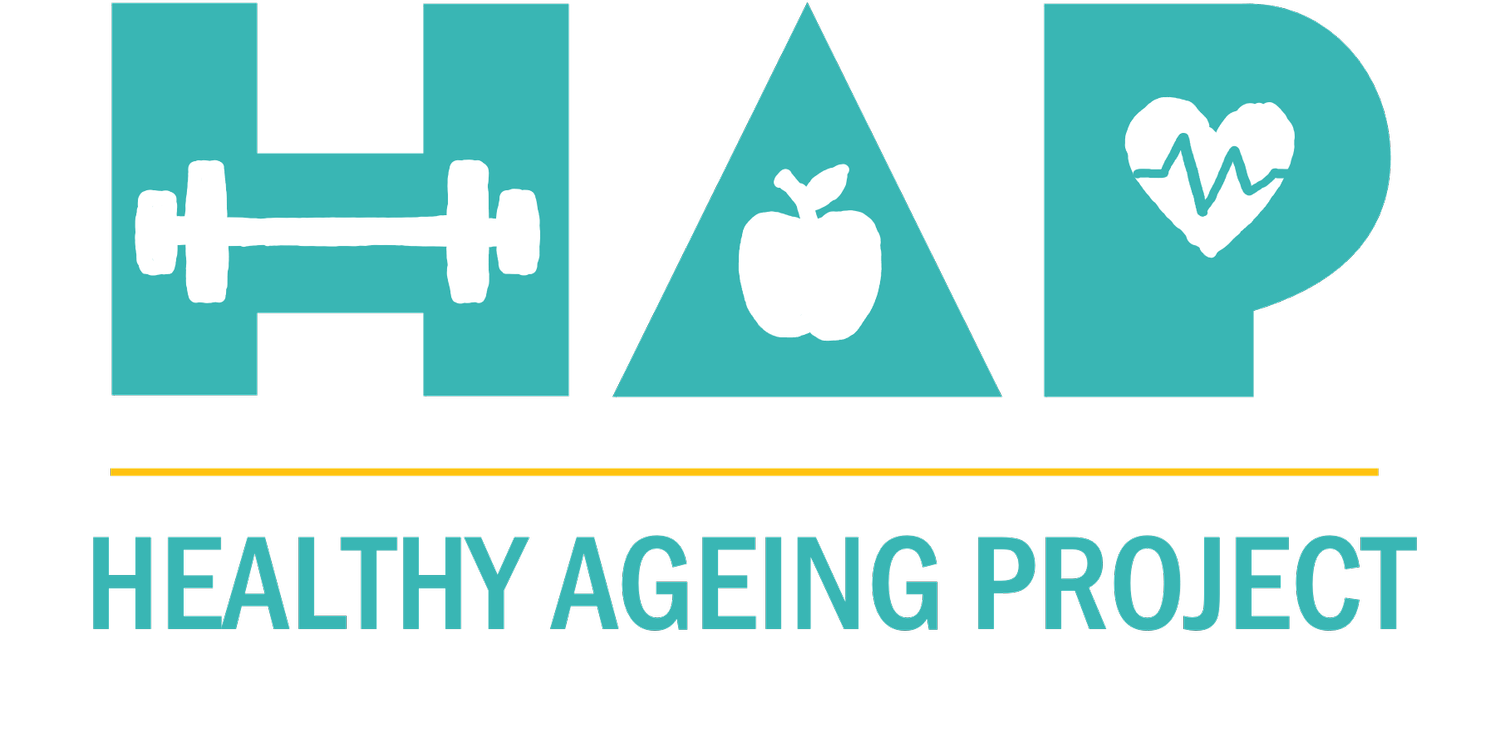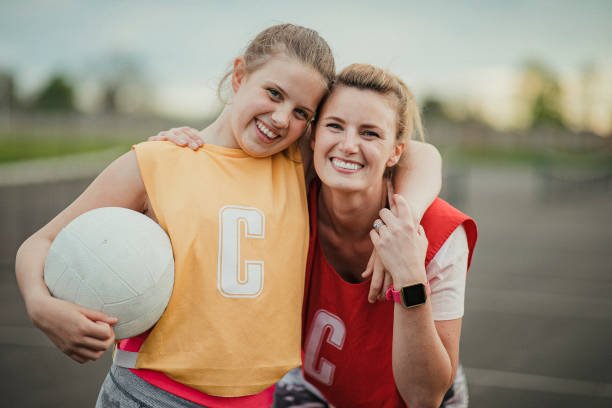On building bridges: Using eco-systems to close the intention-behaviour gap
In my last blog, I discussed self-directed ageism & how it can stop us from acting in our own best interests. As is usual for me, I wrote specifically about the importance of regular physical activity (PA) & how the self-limiting beliefs we hold about age can reduce the options we see for ourselves. Clearly, negative age-stereotypes don’t only effect health change. They can just as easily stop us deciding to undertake further study, taking on a pastime, making a career change, or getting busy with anything else potentially beneficial.
But, given our physical health influences every aspect of our lives, I’m interested again with issues related to the formation of PA habits & how they can be sustained over the long-term. This blog is about the latter.
The Intention-Behaviour Gap
If you chat to people about their attempts to stay in good physical shape, you’re likely to hear stories about cycles of success & failure. Stories of fitness regimes with impressive beginnings & disappointing endings. Personal lamentations about the yo-yoing that seems to plague the change efforts of many people…”I keep trying but I just can’t seem to keep it going!”
Whilst there are many reasons why people struggle in this way, talk to any exercise psychologist & they’ll quickly tell you it’s not because people lack an intention to change. For example, in one study 78% of respondents reported positive intentions towards PA , but only 48% reported any subsequent PA. In another, only 2% of people reported being active WITHOUT holding an intention to be active. So, people want to do it, they just struggle to follow through. And, if they do follow through, they struggle to keep it going. This disconnect is what is commonly referred to as the intention-behaviour gap.
Given the pandemic of physical inactivity that continues around the globe, it should come as no surprise that health researchers remain focused on finding ways to bridge this gap.
Three responses to the intention-behaviour gap
According to Professor Ryan Rhodes, a Canadian Behavioural Medicine researcher, solutions can be found in at least three different areas. In no particular order, these include:
1. Good planning - any intention to act relies on a good understanding of the road map for change, including awareness of barriers that might be encountered & how they could be dealt with.
2. Automating behaviour - successful habit formation relies on new behaviours being shifted from conscious to subconscious control, thus saving mental energy & making action more fluid. ‘If-then’ statements are useful for this as they can create cues that tie PA to certain times, places & situations.
3. Enjoyment - evidence is emerging to show that how people want to feel is a better predictor of future PA than what they think they’ll get from it. Interestingly, when people enjoy PA, a fear-of-missing-out can also motivate them to keep going.
But, the possibilities don’t stop there. Another, somewhat obvious, area of solution creation exists…the availability of social support & our use of it.
The social psychology of getting active & staying active
If there’s one thing behavioural scientists seem to agree on, it’s the importance of social influences on successful behaviour change (in any area of life). The same goes when it comes to converting a good PA intention into action. To reference Professor Rhodes again, this can occur in several ways, with obligation & responsibility important factors.
On the one hand, it can occur through the obligation dog owners feel towards their pets, such that they walk more out of a sense of responsibility to their furry friend than for themselves. Given dog owners walk almost twice as much as non-dog owners, this seems to have an effect!
On the other hand, it can occur because of a larger social commitment, such as when a parent feels compelled to engage in regular PA to either role model it for children and/or to enhance the quantity & quality of parent-child activities.
Doing stuff with others
If you plug “the best ways to get fit” or something similar into Google, you’ll be deluged with an almost infinite number of lists about how you could go about it. Many of these lists will offer very similar advice & almost all will recommend “teaming up” or “exercising with others”.
Now, of course, that’s fair enough. Human beings are social creatures & we’ve been moving together for as long as we’ve been a species. If we didn’t like it, there’s no way people would gather in their thousands to take on challenges like the London marathon, or the Palm Beach to Whale Beach ocean swim in Sydney.
The truth of this was constantly confirmed to my son Riley & I when we wrote 26 Ways to Keep Moving. In every story we shared, people reflected on how much other people added to the enjoyment they got from their chosen physical pursuit. In fact, if there was one theme across all stories, it was this.
However, I think simply telling people to exercise with others is too one-dimensional. There’s a bigger picture to be considered, one that recognises the bigger social systems we all exist within.
What is a physical activity eco-system?
Whilst the concept of an eco-system is usually linked to natural systems, like rivers & rainforests, it has lots of relevance to behaviour change. That’s because our health behaviours are influenced by a multitude of factors, only some of which are internal (e.g., goal commitment & age stereotypes). It’s worth remembering that our motivation to move can be impacted by many, many things:
Local environment - easy access to green space (i.e., parks) & blue space (i.e., rivers), along with footpaths, cycleways, good public transport & activity centres (e.g., swimming pools).
Local community - interactions with family, friends & other contacts who show support via (i) their own participation in physical activity (e.g., a walking partner), and/or (ii) showing interest in others’ goals & offering encouragement.
Local resources - the things a person has access to, or could have access to, to support their change efforts. This could include equipment (e.g., sports watch), on-line networks (e.g., Strava), entities (e.g., sporting club), or community events (e.g., parkrun).
Based on the above I define a physical activity eco-system as a dynamic network of personal & community resources that work together to support a person’s intention to live more actively & enhance long-term physical health outcomes.
Self-set, dynamic & pulsating!
Having introduced the idea, there are a few things to note about eco-systems:
First, they are self-set. Because the person seeking change knows their life better than anyone else, they’re best placed to decide what their eco-system looks like. Whilst it can be useful to have help thinking this through, it can be accomplished quite simply using pen & paper. Start by writing the person’s name in a central circle & then, using additional circles & line connectors, map out how they are connected to all the personal or community resources they have access to, or could have access to.
Second, they are dynamic. I developed this concept ~3 years after I started running. When I first drew mine, it included friends made at my local parkrun event, encouraging family members, a FB page I started, my Garmin watch, plus a physio, podiatrist & dietician.
After redrawing it recently, I can say it looks VERY different. Easily the biggest change is 5-years worth of add-ons, that includes an athletics club, new running friends, my Can Too coaching squad, three on-line groups, plus lots of useful books, websites, etc.
Finally, they pulse. Ecosystems don’t just alter their shape, they can also vibrate in helpful ways during setbacks. For example, an injury can be a killer blow to any fitness regime. Not only can it be physically uncomfortable & painful, people are often frustrated & discouraged by the realisation they’re losing the hard won fitness gains they’ve made, or that they mightn’t achieve a certain goal.
Whilst this is when people often quit, it’s also when an eco-system can ‘pulse’ & provide people with the emotional, mental or informational support needed to keep going. It represents one way of building a bridge over the intention-behaviour gap. A simple, yet useful, map of all the support that can scaffold our effort & hopefully put an end to that infernal yo-yoing!
info@drgordonspence.com
(+61) 421 641649
© Healthy Ageing Project 2023. All rights reserved.







